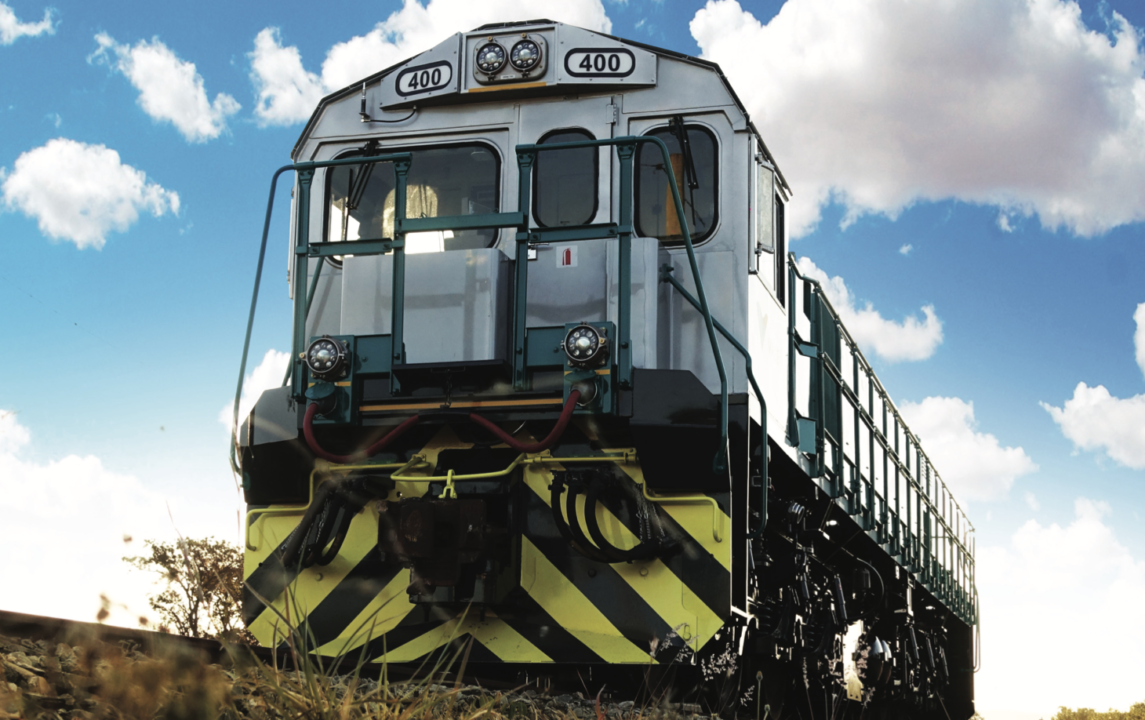
NEW DELHI: Indian Railways (IR) informed on Monday, January 31, that all three zones of the Kolkata Metro, West Central Railway, and East Coast Railway have been fully electrified. IR is striving to become the world’s largest green railway system, with the goal of becoming a “net zero carbon emitter” by 2030.
Since 2014, rail electrification, which is environmentally benign and minimises pollutants, has expanded roughly tenfold. To extract use of the economic benefits of electric traction as quickly as possible, IR plans to electrify the balance Broad Gauge (BG) routes by December 2023, bringing the total electrification of BG routes to 100 per cent. Head-On-Generation systems, Bio-Toilets, and LED lights transform the train into a more environmentally friendly mode of transportation while retaining passenger comfort.
The Dedicated Freight Corridors of IR are being built as a low-carbon green transportation network with a long-term low-carbon strategy, allowing it to adopt more energy efficient and carbon-friendly technology, processes, and practices. The Eastern Corridor (EDFC) from Ludhiana to Dankuni (1875 km) and the Western Corridor (WDFC) from Dadri to Jawaharlal Nehru Port Trust are two Dedicated Freight Corridor projects being implemented by IR (1506 km). The segment of EDFC between Sonnagar and Dankuni (538 km) has been proposed as a Public Private Partnership (PPP) project. Climate change aspects have been included into IR’s risk assessments and catastrophe management methods. As an organisation, you must be prepared to manage risks and ask the correct questions about your assets, routes, and investments. Top management in IR’s numerous public sectors has been interacting with stakeholders to achieve a shared understanding, which is necessary for the organisation’s long-term health and sustainability.

